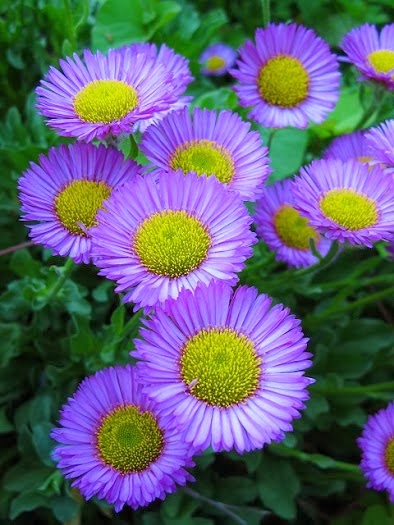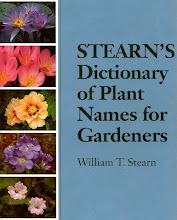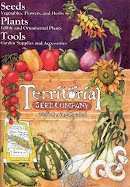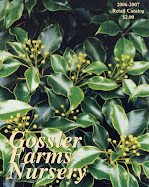Erigeron speciosus 'Darkest of All' in the Ornamental Border at Bradner Gardens Park in June 2013

Erigeron speciosus 'Prosperity' in the Cascadia Garden in June 2010

Erigeron speciosus 'Prosperity' in the Cascadia Garden in June 2010
Erigeron species at Frenchman Coulee near Vantage WA in May 2013
Erigeron species at Crab Creek near Moses Lake WA in May 2013
This is a post about Erigeron speciosus & High Country Gardens. Erigeron speciosus (Showy Fleabane) is a perennial with beautiful flowers, widespread in the western US, including Washington. There are quite a number of cultivars & hybrids in various shades of blue, lavender & pink. It grows to a height of about 30 inches. It is a low maintenance & fairly drought tolerant plant. While I'm at it, I'll also mention Erigeron glaucus & Erigeron in general. I think Erigeron glaucus is the most beautiful & useful species of the genus in Seattle. It blooms for a very extended period from May through October & is highly drought tolerant. The flowers are as large as Erigeron speciosus, but the plant is low & spreading. The genus Erigeron has almost 400 species growing in a variety of conditions throughout the northern hemisphere. Eastern Washington has a number of small species adapted to very dry conditions. Two of them appear above.
In January of 2014, I received this message via email: I noticed a photo of Erigeron 'Darkest of All' on the blog The Ornamental Border at Bradner Gardens Park on July 6, 2013.
High Country Gardens is offering this plant for our Spring 2014 season
and we are in need of a photo for our website. We were wondering if you
would allow us to use the photo. If this is something you would be
willing to do we would be happy to send you a High Country Gardens gift
certificate as a thank you.
I was happy to receive a gift certificate for $50, because I have high regard for High Country Gardens. I ordered plants from them several times for the Cascadia Garden. They were always in excellent condition. High Country Gardens sells plants for the arid western US. Many of their plants have limited use in Seattle. But some are worth trying on dry sites, in pots filled partly with gravel, & under the overhangs on the south or west walls of buildings where they get a limited amount of rainfall. Others, like Erigeron speciosus, grow well along the Pacific northwest coast.




























































































